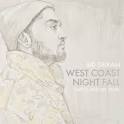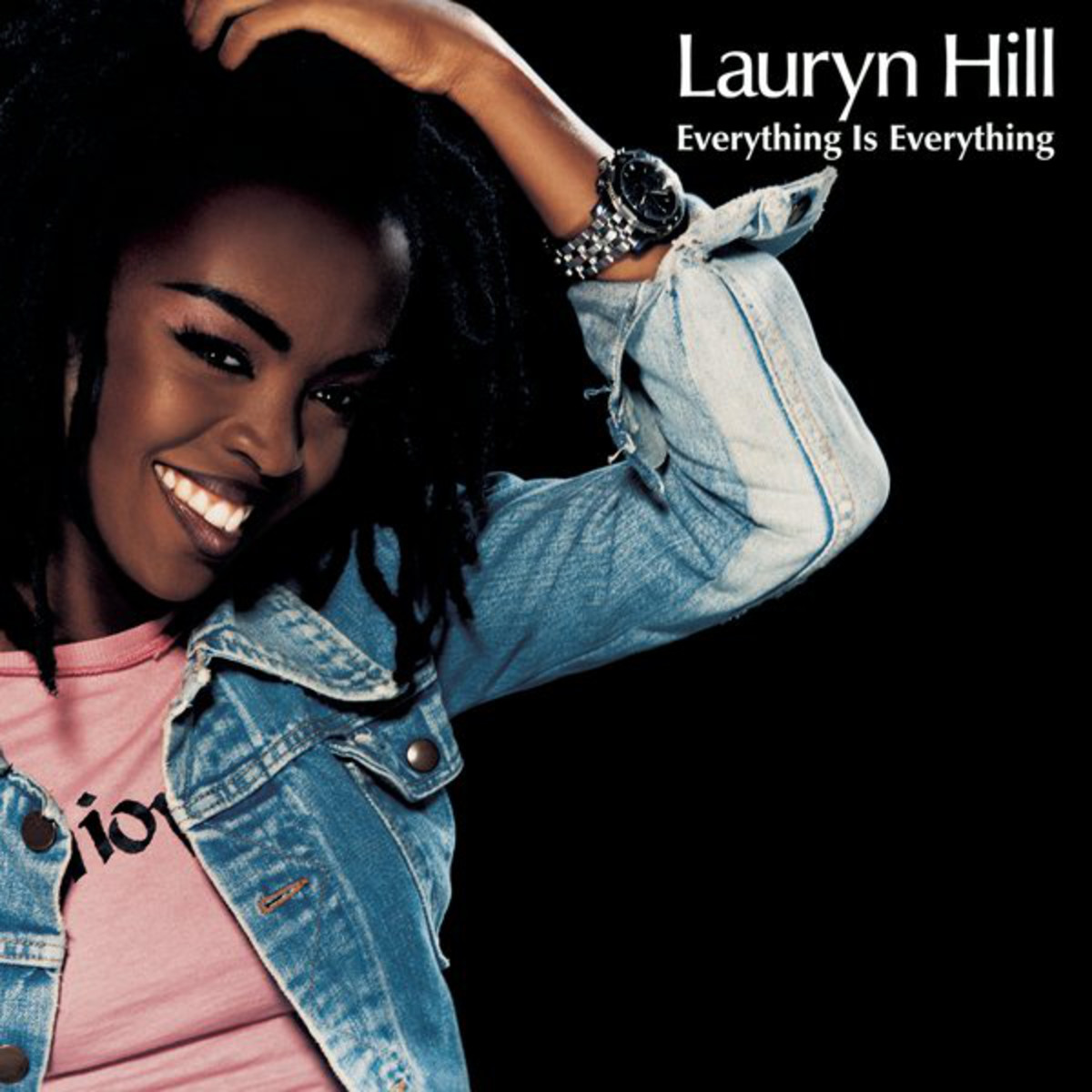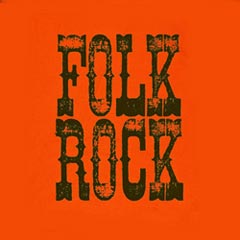2024-05-11
The Musical Genius and Awkwardness of Crosby, Stills, Nash & Young
It is hard to deny that Crosby, Stills, Nash & Young were incredibly influential forces in music history. Without a doubt, their melodies and renditions of classic songs will live on for generations to come. But it would be foolish not to discuss the awkwardness and drama that came along with being a part of the band too - some might even say they took quarreling like cats and dogs (or cranes and pigs perhaps?) to newfound heights. Just imagine four very different musicians all trying to work together harmoniously! While these tensions may have created interesting soundscapes at times, more often than not there was quite a bit of chaos as well—but hey no one can really blame them because after all—these guys practically invented what we now call Expectation vs Reality!
There is no denying that Crosby, Stills, Nash & Young are legends in the music industry. They were the trailblazers who redefined contemporary folk music. Their unique blend of voices, intricate harmonies, and polished guitar work set them apart from the rest. But, there is something else that puts them in a league of their own: their internal discord. These four members - David Crosby, Stephen Stills, Graham Nash, and Neil Young, each came with their own sound, style, and personality - the perfect ingredients for an explosive yet legendary band. It's time we delve into the drama and genius that was Crosby, Stills, Nash & Young.
Crosby, Stills, Nash & Young first came together in 1969 when Crosby, Stills, and Nash (CSN) invited Neil Young to join their band. Young had already made a name for himself in the music industry as a solo artist, and many saw this collaboration as a dream come true. However, there were concerns about how their different sounds would blend together, and those worries were not unfounded. This mixture of four very different styles resulted in some of the most unique harmonies and melodies the music industry had ever seen, but it also led to bitter arguments, hard feelings, and problematic collaborations.
Perhaps one of the reasons why this quartet had such a difficult time working together was due to their personalities. Stephen Stills was the leader of the pack, with a hard-headed and unwavering vision of how things should be. Crosby was the social butterfly, always up for a good time, while Nash was the mediator. Young was a loner, a rock star in his own right, and someone who had already established his sound prior to joining the group. These personalities clashed frequently, but those creative conflicts often resulted in some landmark songs.
One of the most infamous moments in Crosby, Stills, Nash & Young's history was their performance at Woodstock in 1969. They had only been together for a few months, and they were still getting used to each other's music and personalities. Despite these challenges, they agreed to perform at this iconic festival. However, their performance is said to have been subpar, with Young refusing to perform more than two songs, Stills and Crosby almost getting into fisticuffs on stage, and Nash feeling like the odd man out. After that, things were never the same for the group.
Despite internal fractures, however, Crosby, Stills, Nash & Young continued to put out some of the greatest music in history. From classics such as Ohio and Our House to Teach Your Children and Carry On, their music touched the hearts and souls of millions of people worldwide. While their disagreements and breakups in the 1970s and 80s were well-publicized, they always kept coming back together, combining their distinct, one-of-a-kind sounds and harmonies. Even with all the drama, the music of Crosby, Stills, Nash & Young was, and still is, full of unbridled passion, energy, and a unique sound that cannot be replicated.
Crosby, Stills, Nash & Young were a rare combination of awkwardness and genius. They were a group of musicians who each had something unique to offer, resulting in unforgettable music that still resonates with listeners today. While their disagreements could have easily ended their time together as a band, they found a way to come together and make music that ultimately defined an era. Their legacy is cemented in history, and it's safe to say that they have inspired and influenced generations of musicians to date. Crosby, Stills, Nash & Young may be a cautionary tale of bandmates who could barely tolerate each other, but nothing can take away the incredible music they created together.
There is no denying that Crosby, Stills, Nash & Young are legends in the music industry. They were the trailblazers who redefined contemporary folk music. Their unique blend of voices, intricate harmonies, and polished guitar work set them apart from the rest. But, there is something else that puts them in a league of their own: their internal discord. These four members - David Crosby, Stephen Stills, Graham Nash, and Neil Young, each came with their own sound, style, and personality - the perfect ingredients for an explosive yet legendary band. It's time we delve into the drama and genius that was Crosby, Stills, Nash & Young.
Crosby, Stills, Nash & Young first came together in 1969 when Crosby, Stills, and Nash (CSN) invited Neil Young to join their band. Young had already made a name for himself in the music industry as a solo artist, and many saw this collaboration as a dream come true. However, there were concerns about how their different sounds would blend together, and those worries were not unfounded. This mixture of four very different styles resulted in some of the most unique harmonies and melodies the music industry had ever seen, but it also led to bitter arguments, hard feelings, and problematic collaborations.
Perhaps one of the reasons why this quartet had such a difficult time working together was due to their personalities. Stephen Stills was the leader of the pack, with a hard-headed and unwavering vision of how things should be. Crosby was the social butterfly, always up for a good time, while Nash was the mediator. Young was a loner, a rock star in his own right, and someone who had already established his sound prior to joining the group. These personalities clashed frequently, but those creative conflicts often resulted in some landmark songs.
One of the most infamous moments in Crosby, Stills, Nash & Young's history was their performance at Woodstock in 1969. They had only been together for a few months, and they were still getting used to each other's music and personalities. Despite these challenges, they agreed to perform at this iconic festival. However, their performance is said to have been subpar, with Young refusing to perform more than two songs, Stills and Crosby almost getting into fisticuffs on stage, and Nash feeling like the odd man out. After that, things were never the same for the group.
Despite internal fractures, however, Crosby, Stills, Nash & Young continued to put out some of the greatest music in history. From classics such as Ohio and Our House to Teach Your Children and Carry On, their music touched the hearts and souls of millions of people worldwide. While their disagreements and breakups in the 1970s and 80s were well-publicized, they always kept coming back together, combining their distinct, one-of-a-kind sounds and harmonies. Even with all the drama, the music of Crosby, Stills, Nash & Young was, and still is, full of unbridled passion, energy, and a unique sound that cannot be replicated.
Crosby, Stills, Nash & Young were a rare combination of awkwardness and genius. They were a group of musicians who each had something unique to offer, resulting in unforgettable music that still resonates with listeners today. While their disagreements could have easily ended their time together as a band, they found a way to come together and make music that ultimately defined an era. Their legacy is cemented in history, and it's safe to say that they have inspired and influenced generations of musicians to date. Crosby, Stills, Nash & Young may be a cautionary tale of bandmates who could barely tolerate each other, but nothing can take away the incredible music they created together.
Tag: Crosby, Stills, Nash & Young, music artist, best songs, artist career
2022-11-01
The Phenomenal Musical Journey of Sid Sriram: A Life of Melody and Passion
Music is said to be the universal language of mankind. It is a powerful medium of expression that has the ability to move people and touch their souls...read more
2022-01-01
Lauryn Hill's creative journey: Appreciating the good and the bad
Criticism can often be painful and difficult to hear, but it plays an important role in helping us grow as creative individuals. Lauryn Hill is a universally acclaimed artist who has deservedly achieved immense success, but no star is perfect?there are both positive and negative aspects to her music career that need addressing...read more
2022-11-01
Bran Van 3000: A Musical Journey Through Time
Music is a form of art that crosses cultural borders and brings people together. For those who appreciate and love music, artists and bands hold a special place in our hearts...read more
2022-11-01
Shikari: The Musical Maestro's Journey
The music industry has seen an abundance of talented musicians who have made a significant mark in the industry. One such person is Shikari, a musical genius known for his sensational compositions and hypnotizing voice...read more
2024-07-07
The Magic of Dido's Career: A Journey Through Criticism and Triumph
Dido's career is a case study in both critical success and commercial triumph. From her roots as an emerging British singer-songwriter, Dido managed to gain recognition across the globe for her unique blend of folk/pop music and powerful voice that many compared favorably with legends such as Stevie Nicks or Tori Amos...read more
SUGGESTED PLAYLISTS








